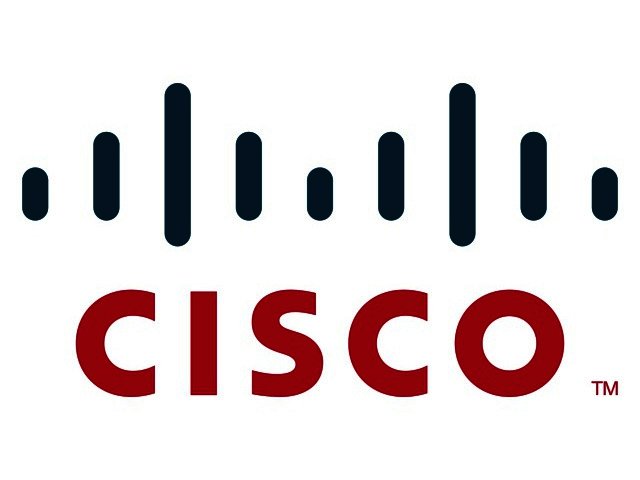Cisco Live 2021: Cisco reveals the future of work
By Ryan Noik 1 April 2021 | Categories: Corporate Events
This week’s Cisco Live was a testament to how much the world can change in a little over a year. The last time we attended Cisco Live was just prior to the pandemic being identified as a global threat and South Africa going into lockdown.
Held in Barcelona, the event was home to thousands of delegates from all over the world, and 30 or so of us journalists huddled at tables together writing our stories. Though we were no strangers to remote working, we were doing so together.
Fast forward a year and this year’s Cisco Live was entirely virtual, adhering to the strict social distancing protocols that have been part of our lives for the past 13 months.
However, what has not changed between now and this year was the calibre of insights offered. Even as it was a virtual event, Cisco Live 2021 still brought in a crowd, garnering about 90 000 customers and partners attending virtually from 200 countries.
The main messaging was about reflecting on lessons learnt and turning towards the future.
One point made during the keynote was that the past year has proven that technology can empower us to find new ways to connect, secure and automate a world that is ever-changing and increasingly digital.

Chuck Robbins
Technology for today and a better tomorrow
“We are at a unique point in time in which we can shape the future ahead of us, and to do that, we need the right technology to form the foundation,” commented Chuck Robbins, Chairman and CEO at Cisco. “With the innovation we are delivering this week, our customers around the world will not only be able to connect, secure and automate the future of IT, but also leverage technology to truly power an inclusive future for all,” he enthused.
Robbins identified a few of Cisco’s key aims now - helping businesses prepare for a new era of remote and hybrid work, building an inclusive internet for the future, giving customers choice in when and how they buy and deploy technologies, and using data to empower teams to create a more collaborative and inclusive culture. The common thread with each is that IT is front and centre in helping organisations survive, and thrive, during unprecedented challenges, he noted.
On the first of these, the pandemic has brushed away any excuses that remote working couldn’t work or wouldn’t work work for small, medium or large businesses. Laggards have had to make it work during the pandemic. In doing so, the arguments against it have been debunked, and remote working for many sectors has proven that it does work.

Wendy Mars
The new hybrid way of working
But since Cisco Live 2021 was looking toward the future, what about after the pandemic? Would remote working still be embraced or would companies with a ‘command and control’ culture try force employees to abandon the benefits of working from home? And would workers be willing to go back to an office, or would companies find themselves having to incentivise workers to return to an office now that the cat is out of the bag and they know that working from home can be implemented successfully?
According to Wendy Mars, the senior vice president of Cisco for Europe, Middle East, Africa and Russia, the answer is both, with a hybrid (some remote, some in-office) approach to work becoming the next new normal.
“We really believe that hybrid is the future of work and many studies confirm that as well – including our own Workforce of the Future surveys. According to 10 000 respondents in EMEAR, 87% of office workers want the ability to choose whether to work from home or office, and manage their hours, even when offices open up. 63% want to maintain the autonomy they experienced during the pandemic lockdown,” she explained.
She elaborated that both approaches to work have their benefits. The reasons why office workers choose to work from home are well known such as saving on commuting time and costs, and being able to take care of children. Equally, she noted, there are many reasons why they would like to return to the office, missing their colleagues just being one of them.
“Our Cisco Workforce of the Future study identified other drivers as well: while many remote workers feel empowered and trusted by their managers and teams to do the job at hand, there are still a significant portion of respondents who are concerned about being left behind. 18% of those surveyed in Europe, the Middle East, Africa and Russia (EMEAR) do not feel trusted to do their job from home, without extensive oversight, and whilst just over half of the workforce feel recognized, the remainder believe their achievements are being overlooked (49%),” she elaborated.
Furthermore, opportunity for progression is another prominent concern, with an alarming 46% of employees worried that not sitting near their manager will impact their career goals.
“Communicative leadership will be paramount to overcoming the challenge of proximity, as well as maintaining a sense of stability and autonomy. 80% of employees surveyed in EMEAR agree that if companies become more widely dispersed, leaders must communicate more to ensure an effective workplace,” she concluded.
Most Read Articles

Have Your Say
What new tech or developments are you most anticipating this year?



